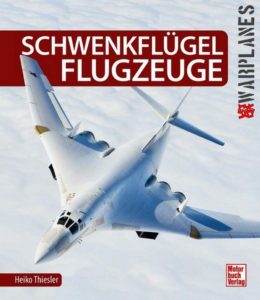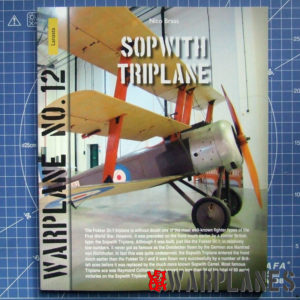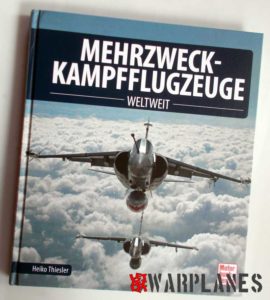TNT 50
TnT50 is, as we can expect, full of interesting articles that contains lot of informations. The articles are illustrated by many photos and drawings. Let see what we can read this time:
La famille ARMATA: les blindés russes font leur revolution! (The Armata family : Russian tanks make their own revolution !) – After having not been fully satisfied with their MBT T80 and T90, the Russians envisaged a new MBT more adapted to urban fight and that can be declined in different versions like MBT but also troop transport, etc. The performances of that new family are just estimation but somewhat stunning and the ARMATA sounds to be superior to his NATO equivalents… (6 pages, 13 photos)
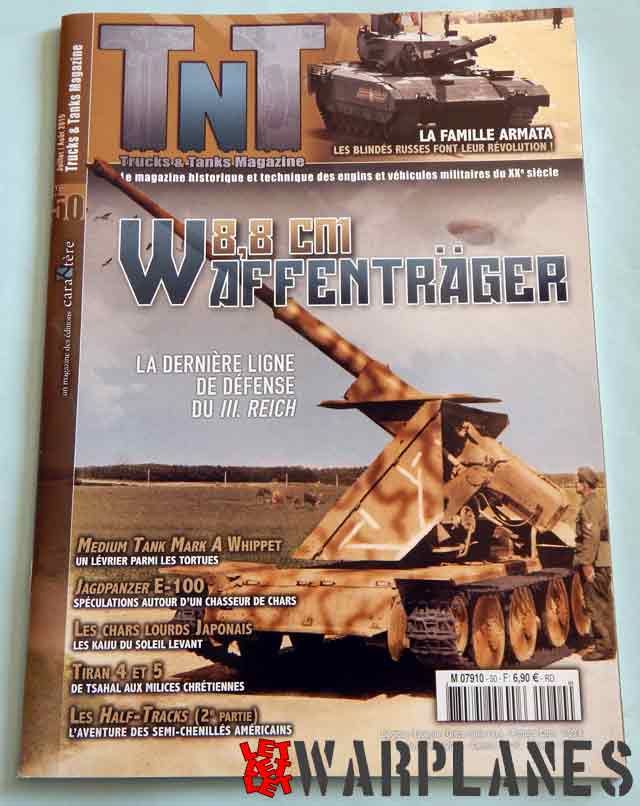
Des Panzer et des homes: Rudolf von Ribbentrop (Pnazer and men: Rudolf von Ribbentrop): Rudolf von Ribbentrop was the son of the Foreign Affairs Minister of the 3rd Reich. He was a skilled tanker that became an ace. The article resumes his career and depicts some of his tanks. (6 pages, 2 photos, 4 pages of drawings + another drawing) – I must say I particularily like that serie of article concerning the men who served during the war…
Medium Tank Mark A Whippet : the Whippet was conceived to exploit the breaches created by the Mark I, II, IV assault tanks. There were more faster and their machineguns very effective against enemy troops. Despite of the lack of place and other inconvenience, he was a good element of the British arsenal. To be noted that after the WWI, Japan bought some Whippets to create their own tank force. (8 pages, 12 photos, 5 drawings)
Jagpanzer E-100: As always with the German projects of the end of WWII (the famous “Paper Panzers”, it’s not easy to collect good informations about that tank hunter. It would have been mounted on a Panzer E-100 chassis and armed with a 17cm StuK L/50 gun. (2 pages, 1 color drawing, 4 B/W drawings)
Les chars moderns: l’Autriche (Modern tanks: Austria) : Becoming neutral after the war, Austria nevertheless was in need of tanks to protect his territory. During the ‘60s, the <Austrian army will equip themselves with the SAurer 4K 4FA, derivated from the French AMX-13. To be noted that the Austrian tank will also become successful for export… Then Austria bought US M60 and finally since 1982 is equipped with Leopard 2A4. (4 pages, 7 photos, technical data for Leopard 2A4)
8,8cm Waffenträger: At the end of the war, one of the needs of the 3rd Reich was to have antitank guns easily moveable and that can be produced in a short time. The Waffenträger is developed with that goal but the end of the war came and there were only a few Waffenträgers produced; two at least were engaged in the struggle for Berlin. (12 pages, 12 photos, 4 pages of B/W drawings, 1 color drawing)
Les chars lourds japonais: les Kaiju du Soleil Levant (The Japanese heavy tanks: the Kaiju of the Rising Sun) : Even with a limited industrial potential limited for that kind of tanks, Japan developed during the ‘30s a serie of heavy tanks. It can be surprising that Japan develops such tanks, taking into account that the most important theatres of operations that are China and the little islands is better adapted for light tanks, but Japan wished to maintain that technology, being afraid to be distanced in that domain by other nations… (10 pages, 3 photos, 1 technical data and 1 page of B/W drawings each for the Type91, Type95, Type100 0-I, Type120 0-I)
Les TIRAN 4 et 5: de Tsahal aux milices chértiennes (TIRAN 4 and 5: from Tsahal to the Christen militias): During the Arab-Israeli wars, Israel captured lot of T54/55 tanks that were used by Israelian army (Tsahal) after some adaptations. There were even used in combat during the attrition war (1967-1970). The tanks are also given to the Army of South Lebanon and the Christian militias. (8 pages, 17 photos, 1 page of B/W drawings)
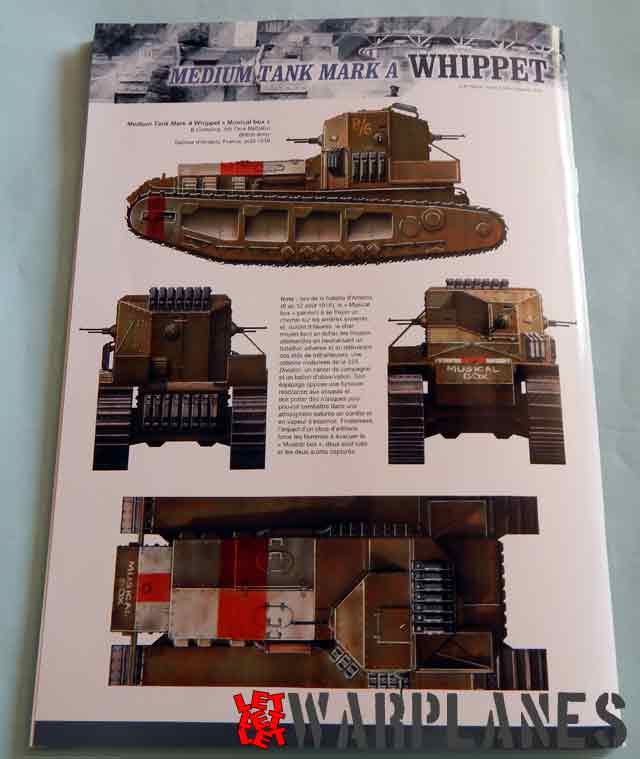
Les Half-tracks: les variants d’appui (Half-tracks: the support variants): this is the second part of the article published in TnT49. This time, the focus is all the different variants that were conceived and used for the logistic and other tasks of support. It is stunning to discover how the half tracks were useful and used. (14 pages, 11 photos, 7 color drawings, 6 pages of B/W drawings)
M7 Priest vs Wespe: the traditional article at the end of the magazine compares this time the 105MM Howitzer Motor Carriage M7 Priest with the Leichte Feldhaubitze 18/2 auf Fahrgestell Panzerwagen II (Sf.) Wespe. I let you discover which is the best of both… (4 pages, 2technical datas, datas for armour and mobility)
Well, I know that I say always the same anthem, but definitively, TnT is a must to have and to read. Thanks to the friends from Caraktere for sample publications!
Daniel Clamot

